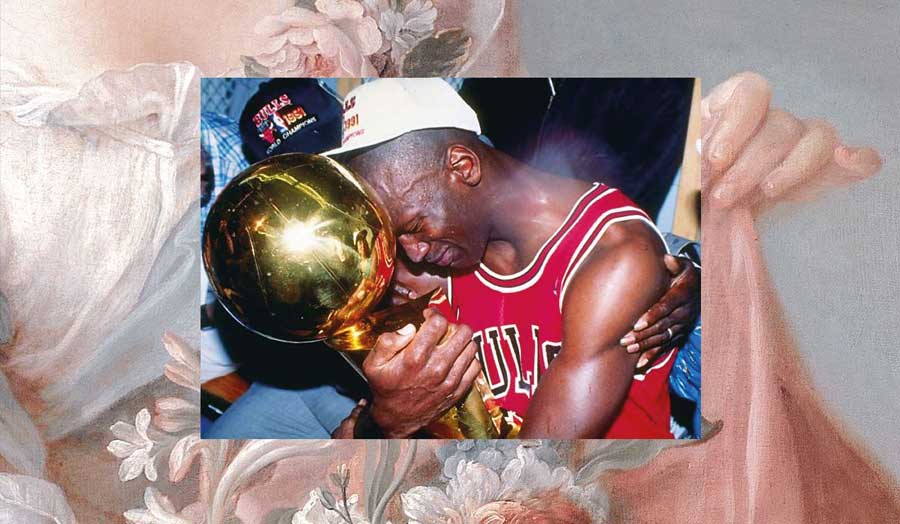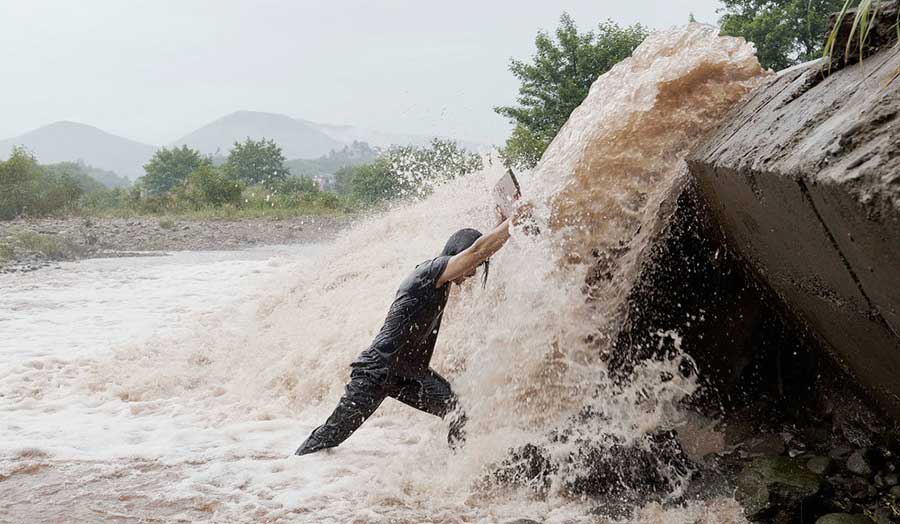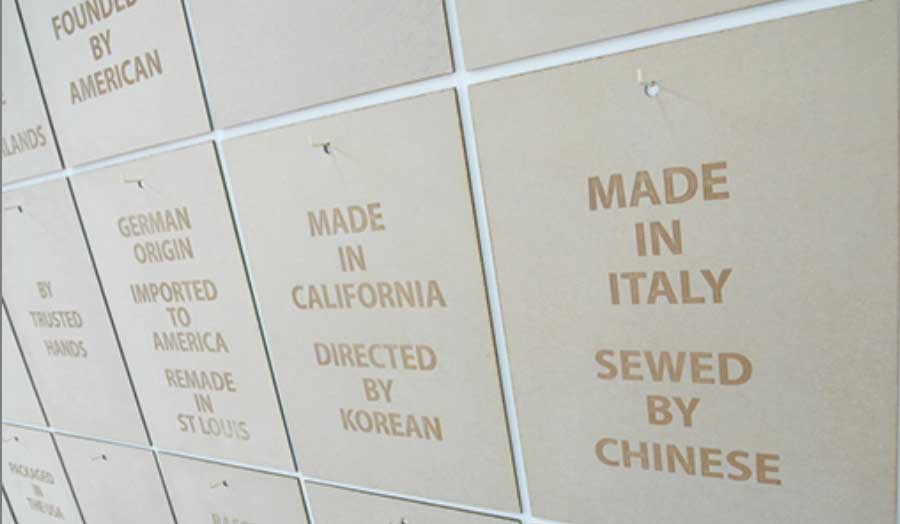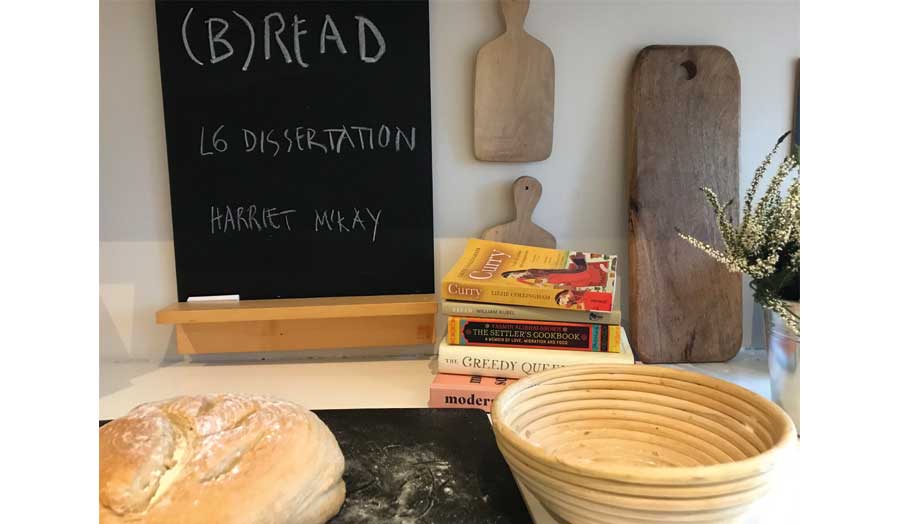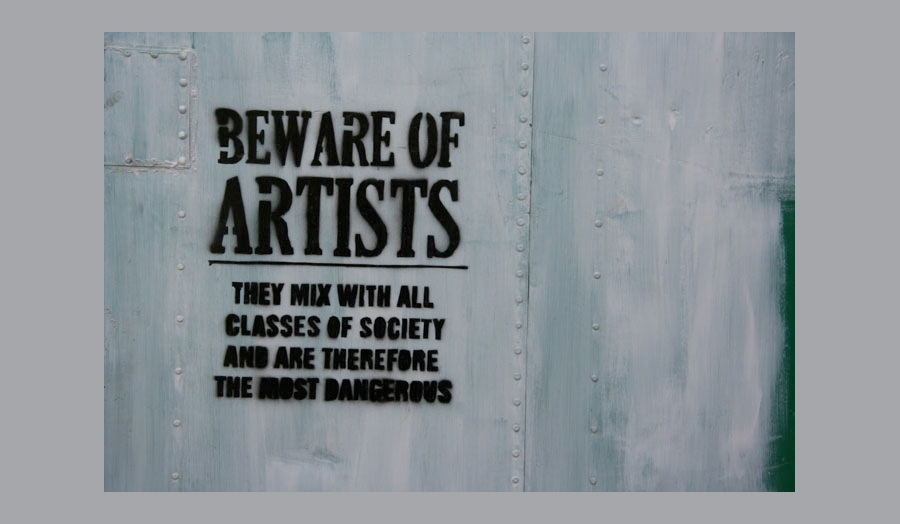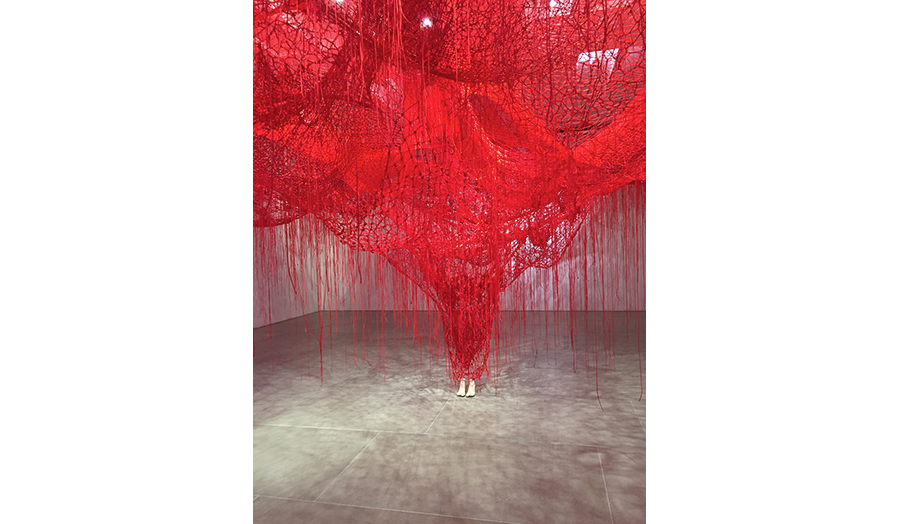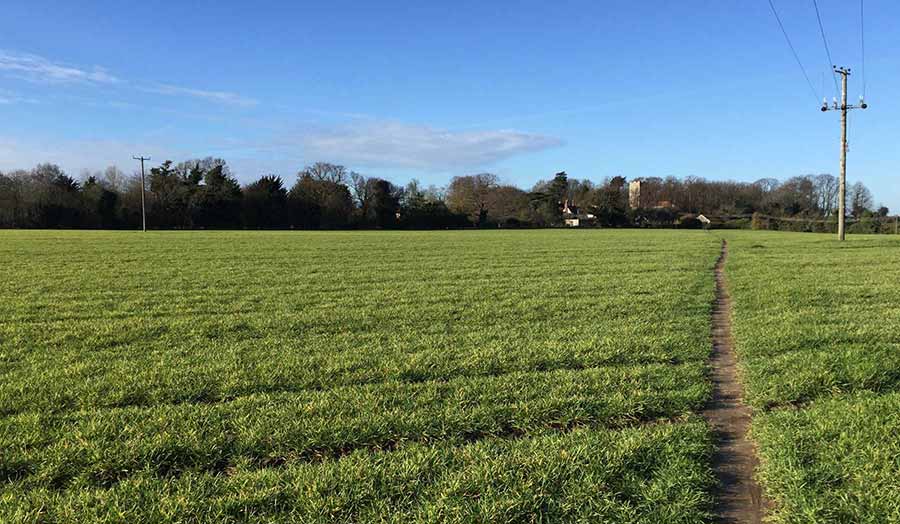Dr Gabriele Oropallo
In the spring of 2020, as commercial air traffic ground to a halt and cities worldwide entered lockdown, images of wildlife reclaiming spaces left vacant started appearing in mass and social media. The extent and duration of these visits was limited in time. Elsewhere, like in the vast exclusion zone that surrounds the Chernobyl Nuclear Power Plant in Ukraine since disaster struck in 1986, passive rewilding is happening on a larger scale. Over the last two decades, active rewilding, in opposition to ecological conservation or restoration, has been particularly debated in environmentalist discourse. Rewilding as an objective, a practice, or an attitude, has now entered the public conversation at large (Monbiot, 2014) and art, architecture and design practice in the specific.
In this dissertation studio, we will examine some of the many ways in which art, architecture and design connect to the discourse on rewilding. Most authors agree on a definition of wilderness that explains the term 'wild' as 'self-willed' (Pettorelli et al., 2019). Wilderness is an undomesticated, untamed space beyond human control. Likewise, legislation in Europe and North America contrasts wilderness with the areas where human dominate the landscape, and defines it as areas where people are visitors and do not remain. There will be neither human habitation, nor permanent improvements, and the imprint of human intervention should be minimised or removed. The key objective is to retract the ambition to control and thus let self-will nature emerge and develop.
In nineteenth-century rural France, landscape painters petitioned the emperor to stop industrial-scale deforestation that deprived them of subject matter. At the very modernist Bauhaus school in 1920s Germany, teachers taught drawing using fishtanks and empty shells. In 1970s North America, architecture students abandoned the university to build on open land with found materials. In contemporary Brazil, designers abandon the metropolises to travel deep in the Amazon forest and document artefacts made by human and non-human species.
Examples of rewilding in art, architecture and design include forms of practice that aim to make human habitation temporary, and human activity traceless. They also include forms of practice conceived as to to eschew total control and preserve an element of unpredictability. The cabinet-maker David Pye described woodwork as 'workmanship of risk' because of the unpredictability of the material, which required continuous negotiation. They also includes forms of making in which distances between maker, processes and materials are flattened, such as in the videos uploaded to the Primitive Technology YouTube channel.
The remit of this dissertation studio is inclusive. You will be introduced to concepts and methods that can be applied to most research subjects. Your tutor will work with you to find a viable angle for your research.
Suggested readings
- Bandoni, Andrea. Objects of the Forest: Exploring the Amazon through Designer's Eyes. Andrea Bandoni, São Paulo, 2012.
- Carver, Steve. ‘Rewilding through Land Abandonment.’ Rewilding, edited by Nathalie Pettorelli et al., Cambridge University Press, Cambridge, 2019, pp. 99–122.
- Coccia, Emanuele. The Life of Plants: A Metaphysics of Mixture. Polity Press, Cambridge, 2019.
- Dartnell, Lewis. The Knowledge: How to Rebuild the World from Scratch. The Penguin Press, New York, 2014.
- Hall, Marcus. ‘The High Art of Rewilding: Lessons from Curating Earth Art.’ Rewilding, edited by Nathalie Pettorelli et al., Cambridge University Press, Cambridge, 2019, pp. 201–221.
- Hildyard, Daisy, The Second Body. Fitzcarraldo Editions, London, 2017.
- Fallan, Kjetil. The Culture of Nature in the History of Design. Routledge, Abingdon, Oxon, 2019.
- Garford, Lisa. Green Utopias: Environmental Hope Before and After Nature. Polity Press, Cambridge, 2018.
- Latour, Bruno. Facing Gaia: Eight Lectures on the New Climatic Regime. Polity Press, Cambridge, 2017.
- Monbiot, George. Feral: Rewilding the Land, the Sea, and Human Life. University of Chicago Press, Chicago, 2014.
- Owens, Marcus, and Jennifer Wolch. ‘Rewilding Cities.’ Rewilding, edited by Nathalie Pettorelli et al., Cambridge University Press, Cambridge, 2019, pp. 280–302.
- Scott, Felicity D. ‘Code Wars.’ Outlaw Territories: Environments of Insecurity/Architectures of Counterinsurgency, Zone Books, New York, 2016.
- Ward, Kim. ‘For Wilderness or Wildness? Decolonising Rewilding.’ Rewilding, edited by Nathalie Pettorelli et al., Cambridge University Press, Cambridge, 2019, pp. 34–54.
*
Studio image: Anping Tree House, Tainan, Taiwan. Photo by Malcolm Koo, 2014. Banner: Hans Op de Beeck, Staging Silence (3), video still (detail), 2019
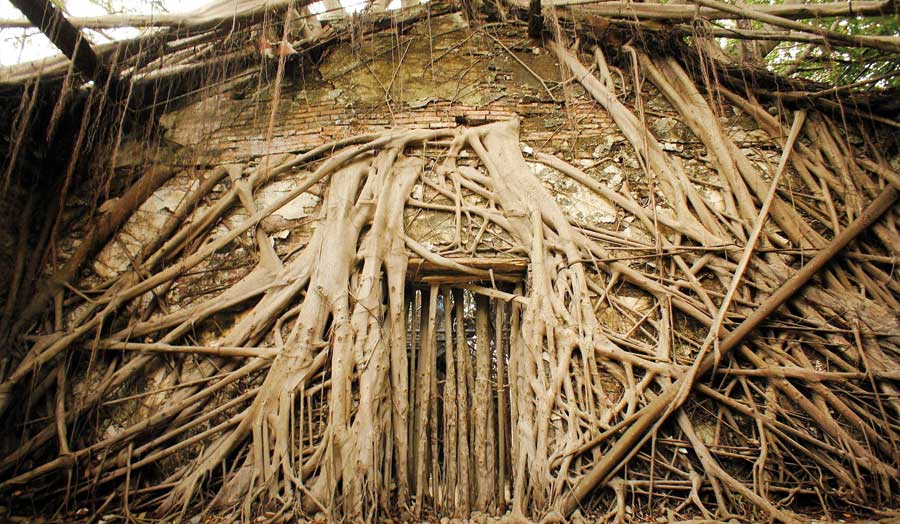
Details
| Tutor | Gabriele Oropallo |
|---|

-(1)-(1)-(1).jpg)
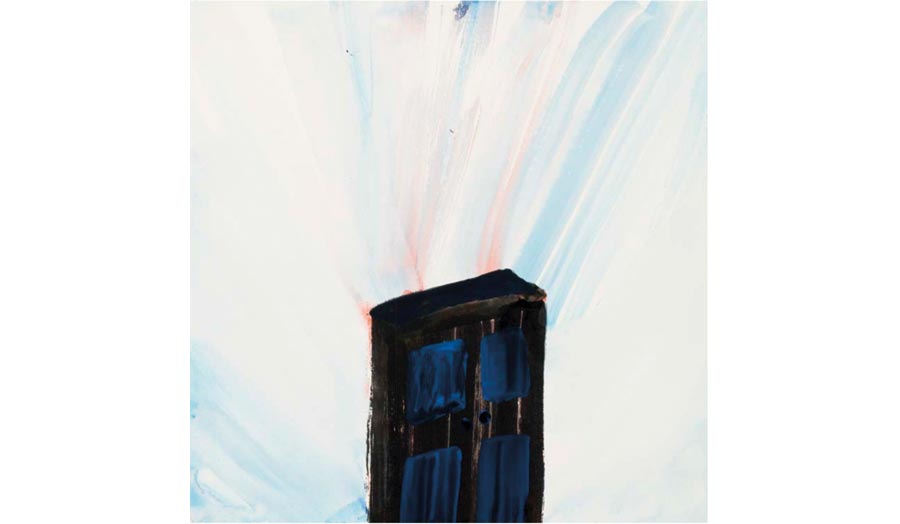
-(1).jpg)
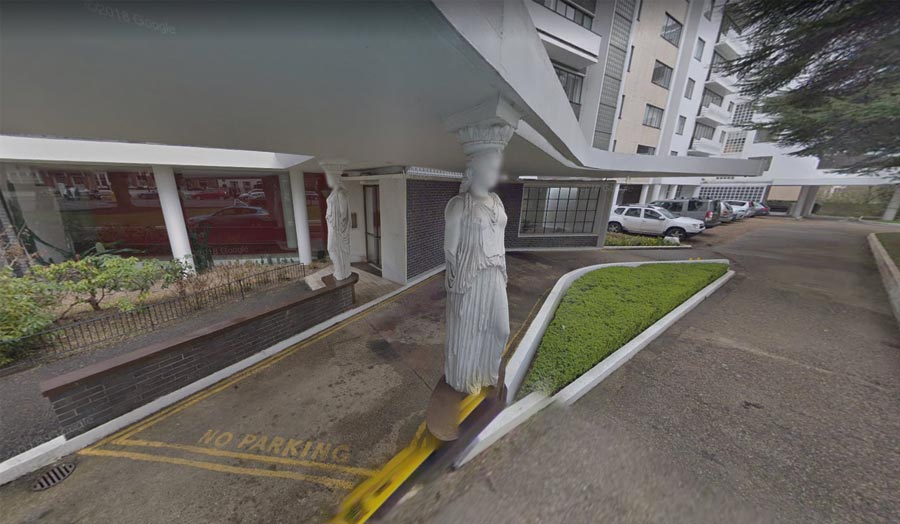

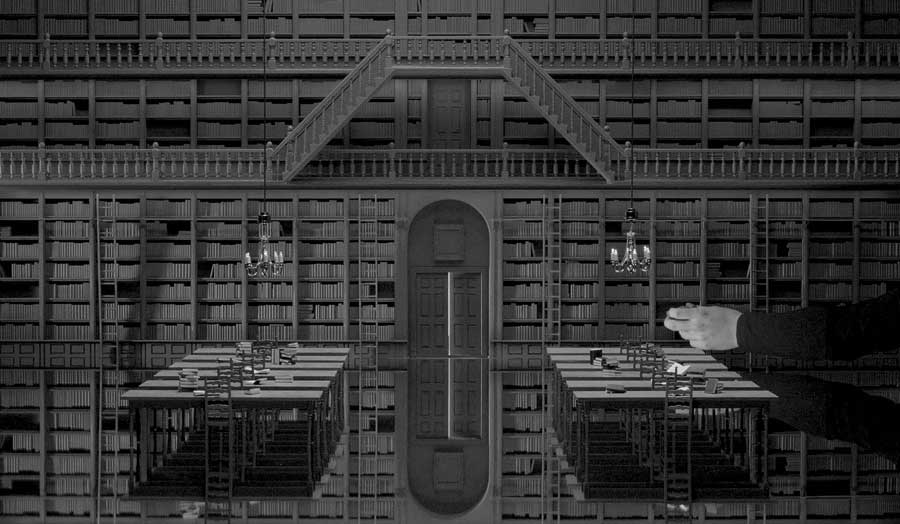
-(1).jpg)
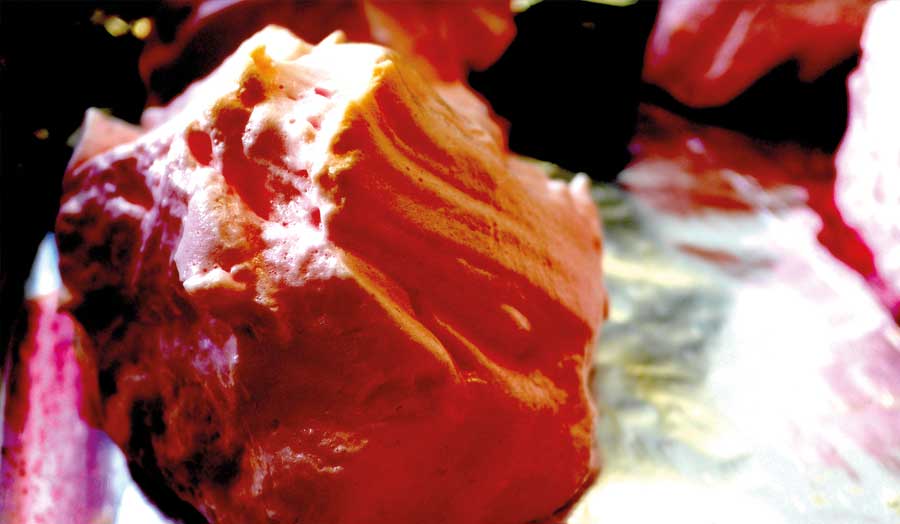
-(1).jpg)
